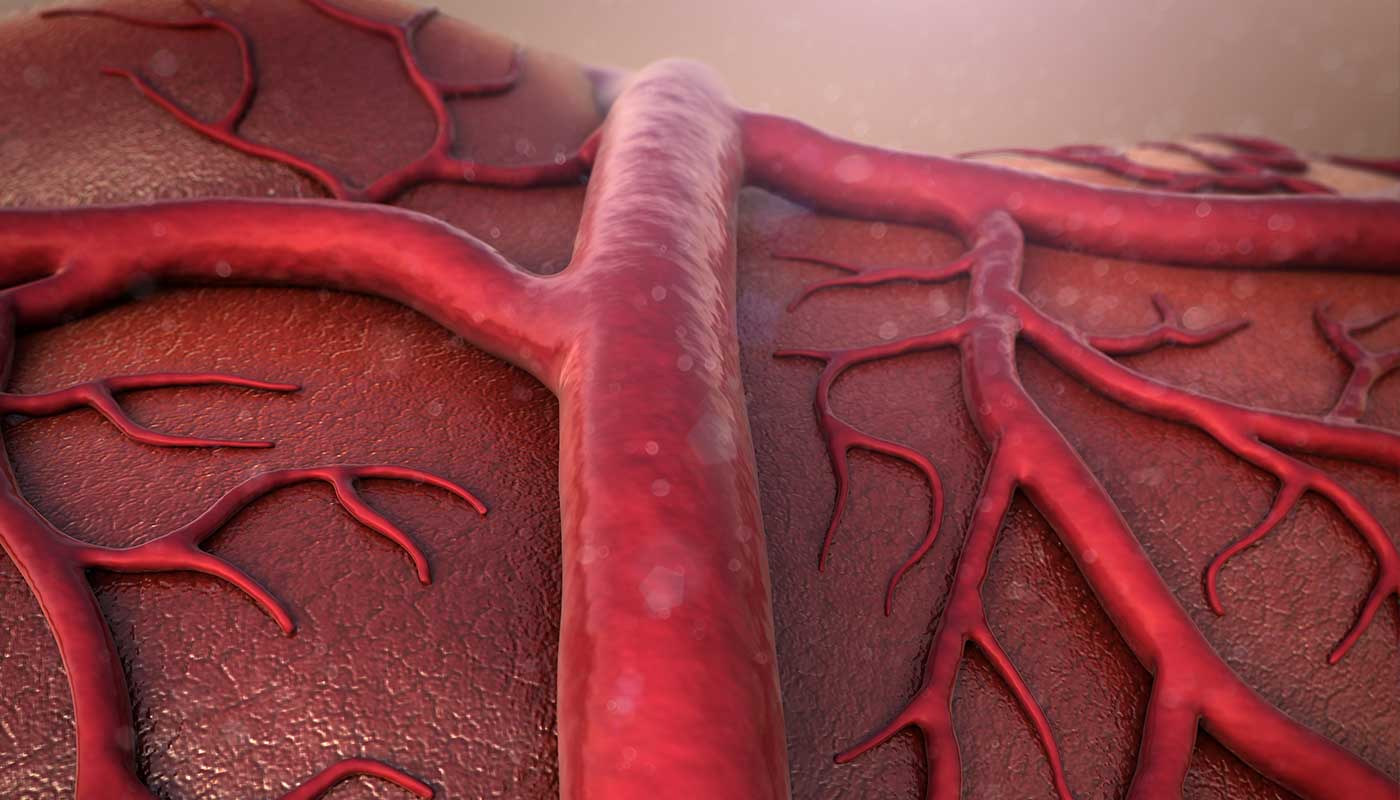Vein Terminology
Medical terminology can be downright confusing. When you consult board-certified vascular surgeon Dr. Edward G. Mackay at Edward G. Mackay and Associates, LLC in Tampa Bay, Florida, we want to be sure you have the tools you need to clearly understand discussions surrounding your condition and treatment options.
Some of the most common vein-related medical terms you may run across as you speak to our providers include the following:
- Endovenous Ablation
- Lymphedema
- Phlebectomy
- Spider Veins
- Varicose Veins
Would you like to know more about the vein care and treatments we offer at Edward G. Mackay and Associates, LLC in Tampa Bay? We’d be happy to talk to you about the condition of your veins – and how we can help. Call us at (727) 527-2888 to make an appointment or request your consultation now.

To book an appointment with Dr. Mackay or ask a question, call 1-727-261-0044 or fill out an appointment request form.
